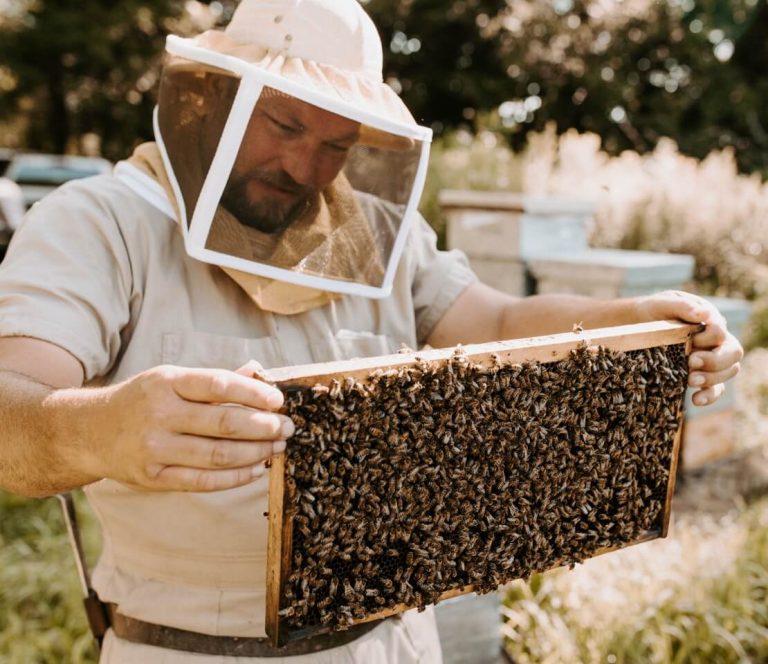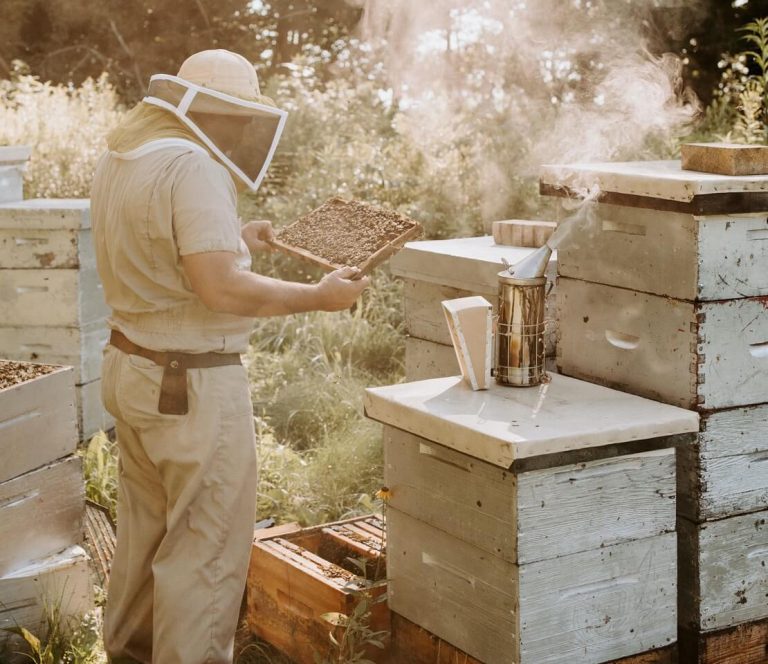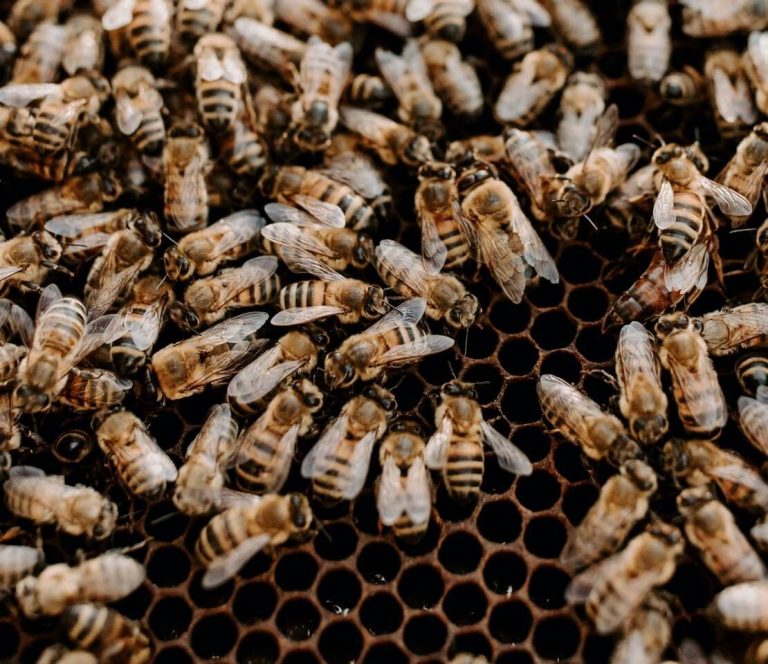Our Beekeepers
As participants in the Ontario Resistant Honey Bee Selection Program (ORHBS), our beekeepers are dedicated and diligent breeders, working in tandem with the Technology Transfer Program to keep our stock disease-resistant.



